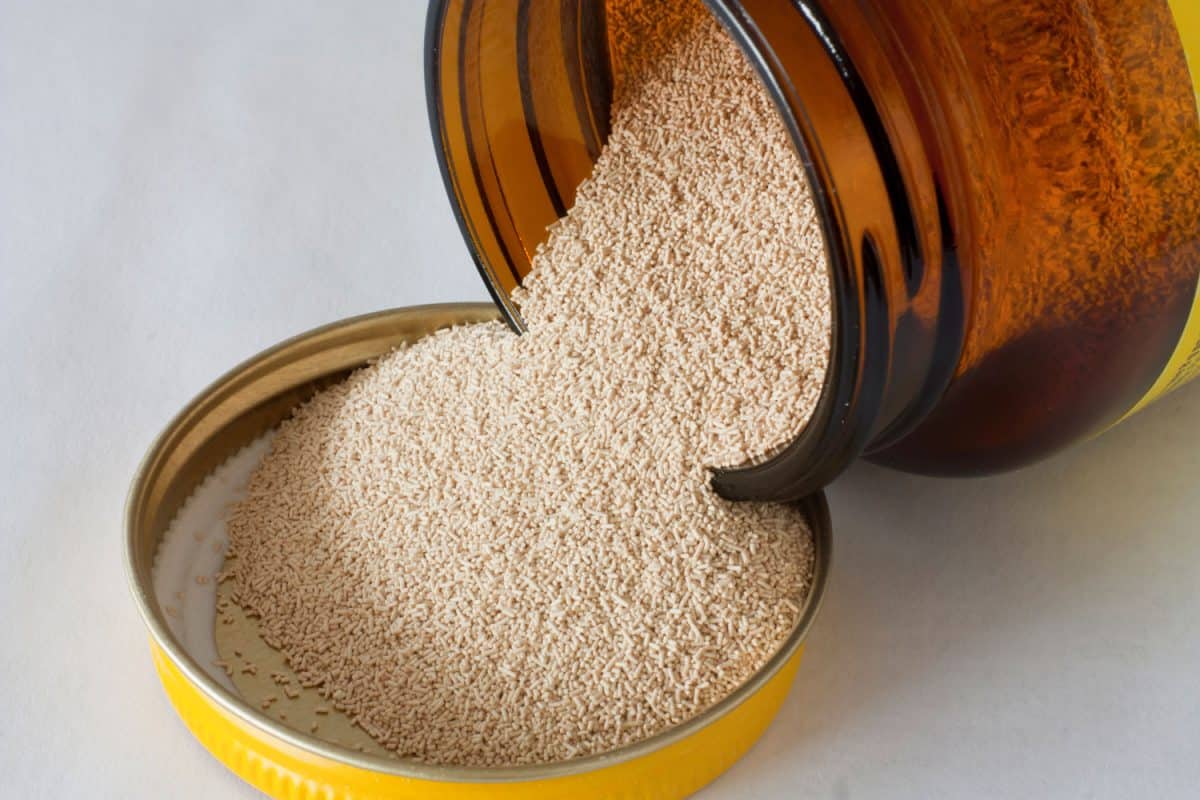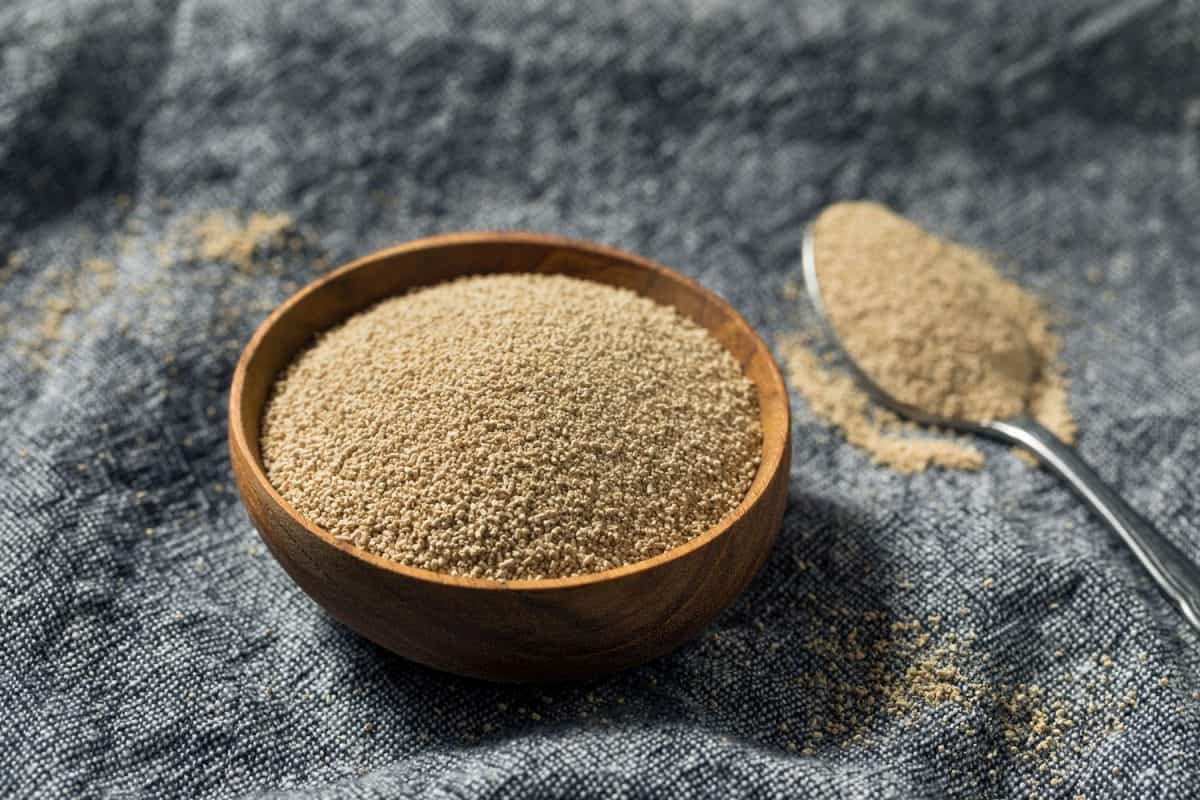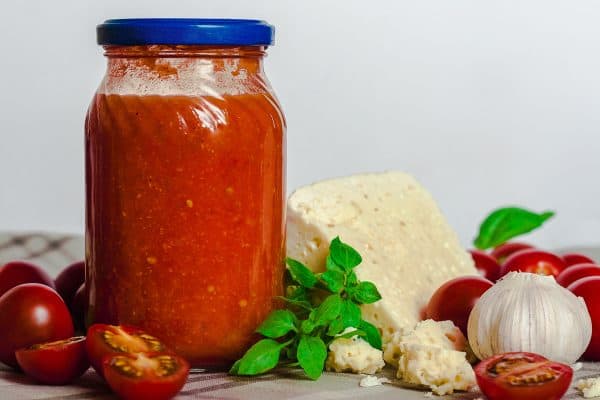Yeast is a leavening agent that makes your bread airy and light to the taste. If you’re the type that bakes bread frequently, you may have more than ample yeast supply stocked for any time. But have you ever experienced preparing your dough only to find out moments later that the yeast has gone stale—it’s not rising as expected? We went through several sources to find out if freezing may be a viable solution.
The best way to keep your active dry yeast alive is to place them in the refrigerator after opening. You can also place them in the freezer if you need longer storage. Freezing keeps the yeast in a dormant stage so that it remains active when you need to use it. Freezing will not kill the active ingredient. You can pop it in the freezer in its original packaging if still unopened. An extra layer of protection is needed if you have already opened it. It is advised to put it in an airtight container to prevent oxygen and moisture from coming in. Freezing is also able to extend the shelf life of your active dry yeast.
Yeast can lose its potency as it ages. An aged yeast can lead to slow or absent rise which can make your bread dense. Freezing ensures that all these is less likely to happen. Please continue reading to learn more on the procedure and precautions needed when freezing your active dry yeast.
NOTE: WE MAY GET A COMMISSION IF YOU DECIDE TO MAKE A PURCHASE THROUGH THESE LINKS. THERE'S ADDITIONAL NO COST TO YOU. CHECK THE BOTTOM OF THE PAGE FOR MORE INFORMATION.

How Do You Freeze Active Dry Yeast?
When freezing active dry yeast, it is important to keep it protected from moisture as this can deactivate the active ingredient.
For unopened packages, you can place the package straight to the freezer for storage.
For opened packages, fold the package up the level of yeast to remove extra air. Place tape, clamp, or rubber band to secure the fold. You can also opt to place this in a resealable freezer bag for additional reinforcement. If you have a big batch, then you can also place them in separate small airtight containers before placing them in the freezer. Make sure to include the date in your labels.
How Long Does Yeast Last in the Freezer?
The package of the yeast has an indicated “used by date” which is usually 2 years from the date of packaging. And can last within the indicated duration especially if it’s kept away from moisture. However, once opened, storage can be shorter. Yeast placed in the freezer can last for 6 months. If alternatively placed in the refrigerator, the yeast can store up to 4 months but should be kept away from the drafts by placing them at the back part of the refrigerator.
Other sources have indicated that they can well extend beyond the recommended use date when frozen. But this is generally not prescribed as we did not find any account that validates this. However, if by accident this does happen, you can do a ‘proof’ test to determine the yeast’s viability. The procedure on how to do a proof test is elaborated on in the next section.
How Do You Activate Frozen Yeast?
Only measure out the needed amount from the frozen yeast supply at a time. Allow it to return to room temperature by leaving the measured amount of yeast on your kitchen counter for about 30–60 minutes before using it as directed. Some sources indicate 30-45 minutes of thawing may be enough.
If you think that that the temperature difference may be too drastic, you can opt to do a 2-step thaw by 1) putting the yeast in the refrigerator for the first half of the time that you expect to thaw it before 2) exposing it to room temperature.
You can activate or ‘proof’ the yeast by placing the yeast in a fourth to a half cup of warm water (110⁰F). Make sure that the volume of water can cover the amount of yeast needed for your dough. You may add a pinch of sugar or completely skip it. When you see bubbling or the mixture is rising, then your yeast has been activated.
However, if you’re using instant yeast, simply place the yeast at room temperature to activate it. Adding water to the instant yeast will render it inactive.
Is Active Dry Yeast the Same as Instant Yeast?

Both active dry yeast and instant yeast are baker’s yeast that leavens your bread in the same exact way. The difference lies in how you use them in the recipe. Active dry yeast needs to be first added into the water before mixing into the dry ingredients, while instant yeast skips this step. You can readily add the measured instant yeast into your dough mix.
Visually you can also tell their difference. Active dry yeast resembles the appearance of cornmeal while instant yeast is usually milled in finer sizes. There are also enzymes and additives included in the instant yeast that gives it faster action compared to active dry yeast.
Although the result may be the same, instant dry yeast gives you that advantage of faster dough rise. It usually is the preferred yeast if the recipe calls for multiple rises as generally, you can skip the first rise. Instant yeast is also the yeast generally used in bread machines.
Other terms that may be used to market instant dry yeast are rapid rise or quick rise yeast.
Both types of baker’s yeast may be used interchangeably. But make sure to activate the dry yeast prior to using it so that you get the desired results. And alternatively, remember that instant yeast should not be added to water as it may lose its effect.
Can you Freeze Fleischmann’s Yeast?
Fleishmann’s Yeast is a brand of yeast that is produced by AB Mauri. They have a production plant in Memphis and two in Canada. The brand is the oldest brand of baker’s yeast in the United States. The brand has several types of baker’s yeast available under their flagship: compressed yeast, active dry yeast, and RapidRise yeast. And all these three types can be conveniently stored in the freezer.
Storing them will follow the same procedure and precautions when freezing active dry yeast. Moisture protection is key. For compressed yeast, which has a higher moisture content compared to the other yeast types, layering the product with several layers of alternating plastic wrap and foil is required. Next is putting it in a resealable plastic container or lidded container with an airtight seal.
End Notes

Nothing beats freshly made bread waiting for you and your family. The life of the dough comes from the yeast that you add in. And we all know that an aged yeast would have less potency, meaning less capacity to do its purpose—leaven the bread.
Freezing gives you a viable option to ensure that the yeast remains active. And storing them in the freezer is quite simple. Like other items that you need to store in the freezer, you should keep the moisture away from your yeast as you don’t want it to freeze. Placing them in the freezer is to capitalize on the cool temperature so that the yeast will ‘sleep’ before being called to bake.
Make sure to indicate the recommended date of use very visibly in your packaging so that you are assured of the yeast’s shelf life. Keep to the recommended 6-month duration storage so that your preserved yeast is still in optimal condition. In case of doubt, you can 'proof' it prior to adding the yeast mixture to your dough. Follow our advice and you can sleep well into the night knowing that your yeast remains active. Happy baking!




Thank you for this informationI Have all these types of yeast and not enough time or need to use them daily . So this is good news.